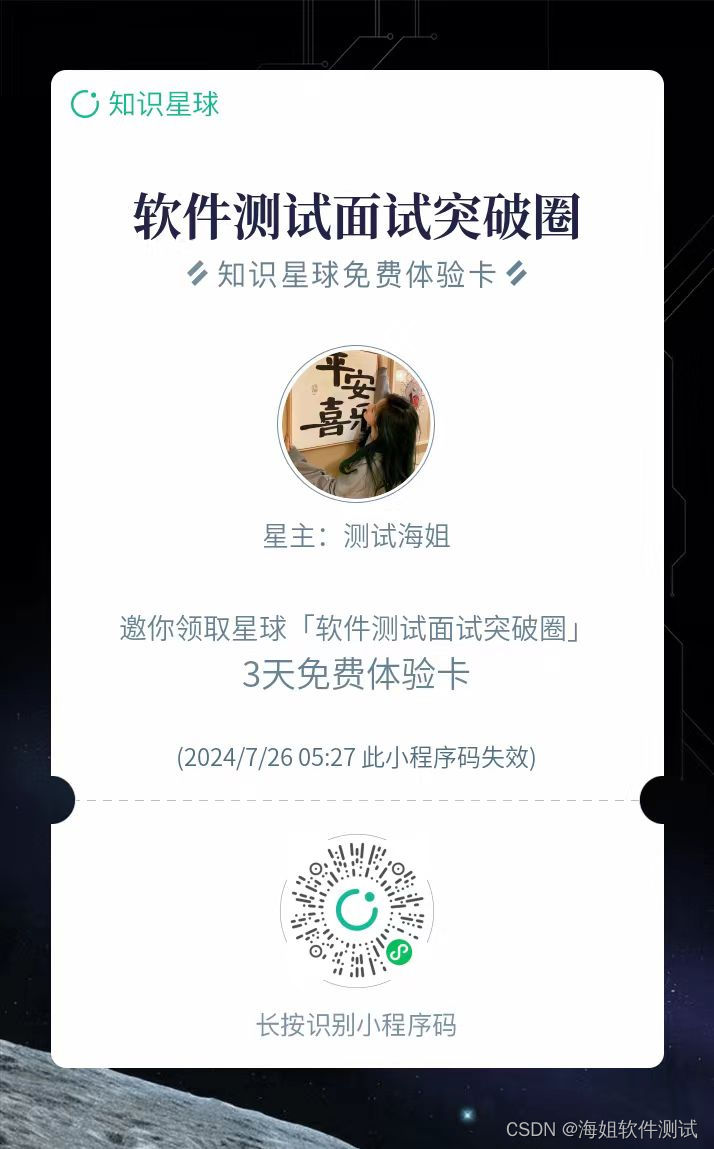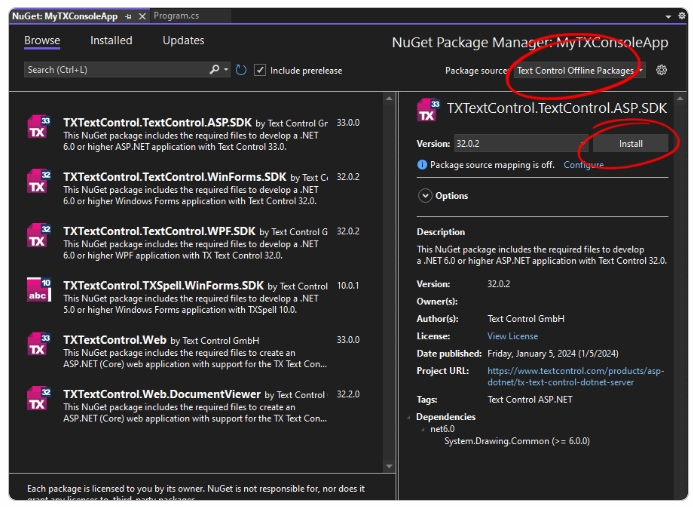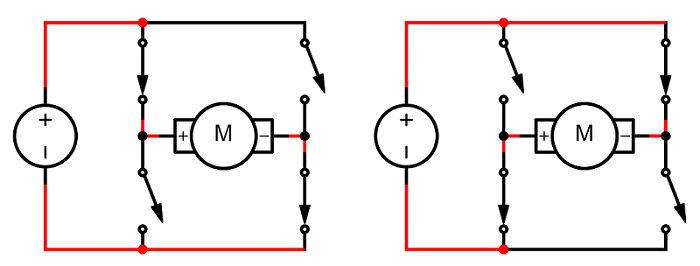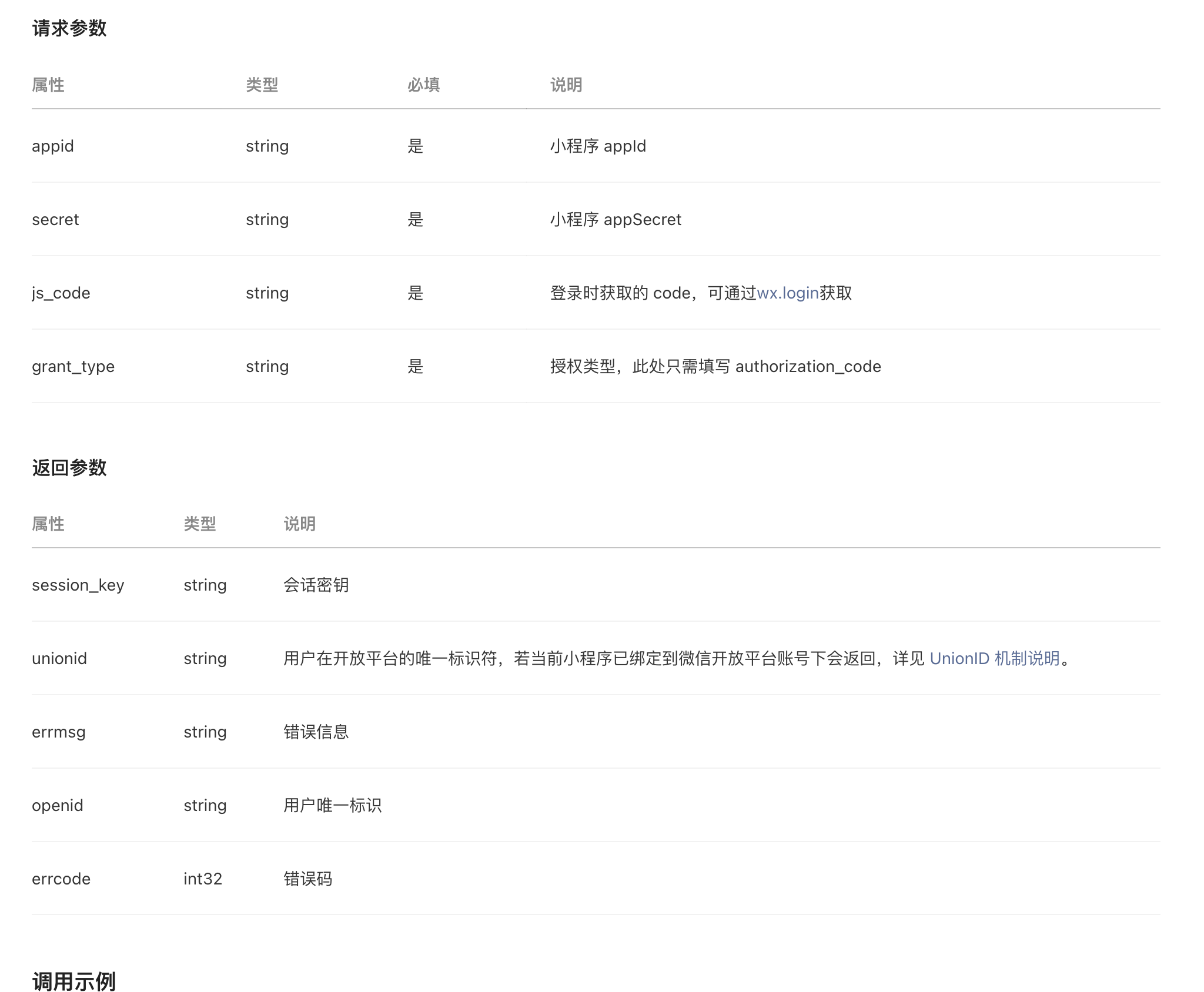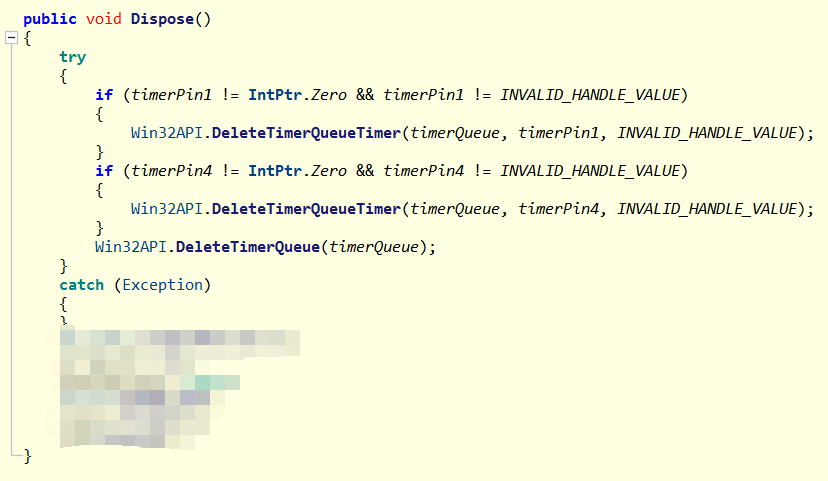源码分析128陷阱

如上图所示,int类型数据超过127依旧能正常比较,但Integer类型就无法正确比较了
/**
* Cache to support the object identity semantics of autoboxing for values between
* -128 and 127 (inclusive) as required by JLS.
*
* The cache is initialized on first usage. The size of the cache
* may be controlled by the {@code -XX:AutoBoxCacheMax=<size>} option.
* During VM initialization, java.lang.Integer.IntegerCache.high property
* may be set and saved in the private system properties in the
* sun.misc.VM class.
*/
private static class IntegerCache {
static final int low = -128;
static final int high;
static final Integer cache[];
static {
// high value may be configured by property
int h = 127;
String integerCacheHighPropValue =
sun.misc.VM.getSavedProperty("java.lang.Integer.IntegerCache.high");
if (integerCacheHighPropValue != null) {
try {
int i = parseInt(integerCacheHighPropValue);
i = Math.max(i, 127);
// Maximum array size is Integer.MAX_VALUE
h = Math.min(i, Integer.MAX_VALUE - (-low) -1);
} catch( NumberFormatException nfe) {
// If the property cannot be parsed into an int, ignore it.
}
}
high = h;
cache = new Integer[(high - low) + 1];
int j = low;
for(int k = 0; k < cache.length; k++)
cache[k] = new Integer(j++);
// range [-128, 127] must be interned (JLS7 5.1.7)
assert IntegerCache.high >= 127;
}
private IntegerCache() {}
}
IntegerCache类当中cache[]数组支持 JLS 所要求的自动装箱值在 -128 到 127(含)之间的对象标识语义。
通过static静态块将catch数组初始化,如果没有额外的配置,那么这个数组存储的数的范围就是-128~127之间。
如果我们的参数范围在IntegerCache类的缓存数组的存储范围之内,我们就直接将存储在cache数组中的这个Integer返回,否则的话我们就会new出一个新的Integer来保存我们的值。
对于基本数据类型来说,== 比较的是值。对于包装数据类型来说,== 比较的是对象的内存地址。
Integer赋值时,值不在-128至127 之间就会重新开辟一块内存地址存储数据,此时用==比较出的内存地址就不一致了,就会返回false。
如何避免128陷阱
所有整型包装类对象之间值的比较,全部使用 equals 方法比较。
说明:对于Integer var =?在-128至127 之间的赋值,Integer对象是在 IntegerCache.cache 产生会复用已有对象,这个区间内的 Integer 值可以直接使用==进行判断,但是这个区间之外的所有数据,都会在堆上产生,并不会复用已有对象,推荐使用 equals 方法进行判断。






